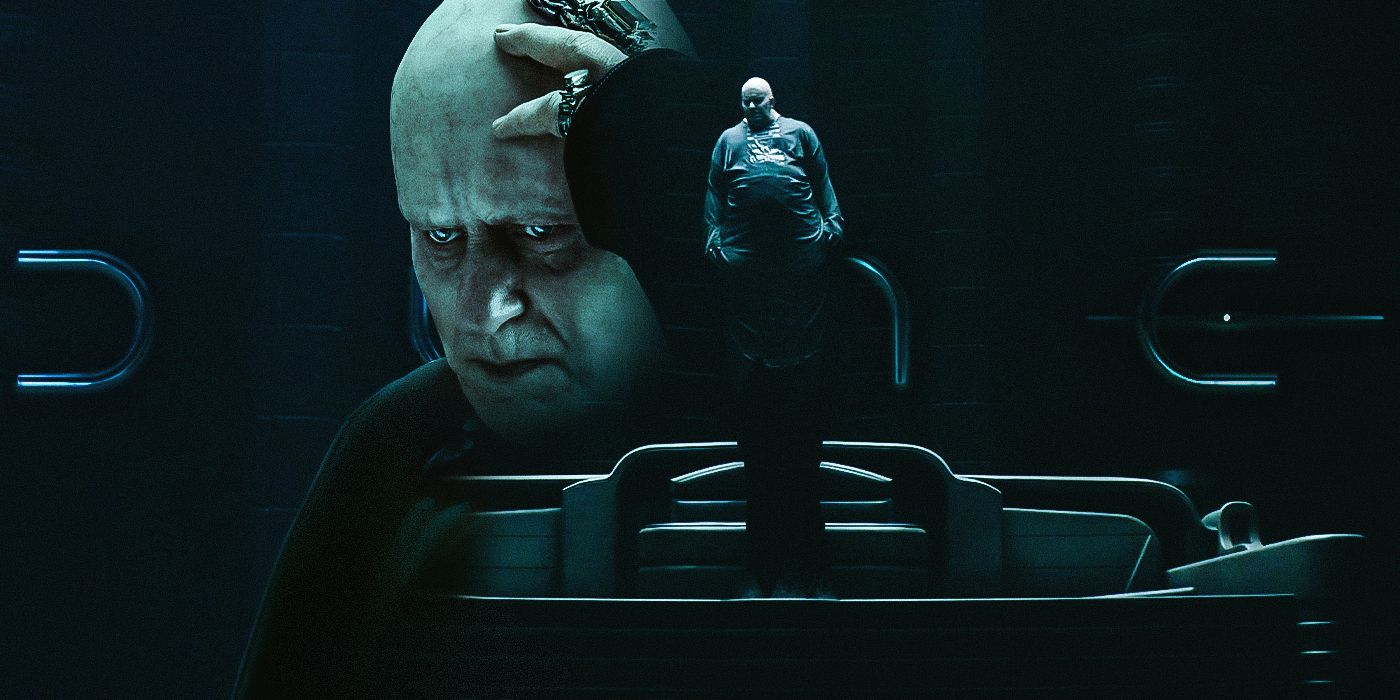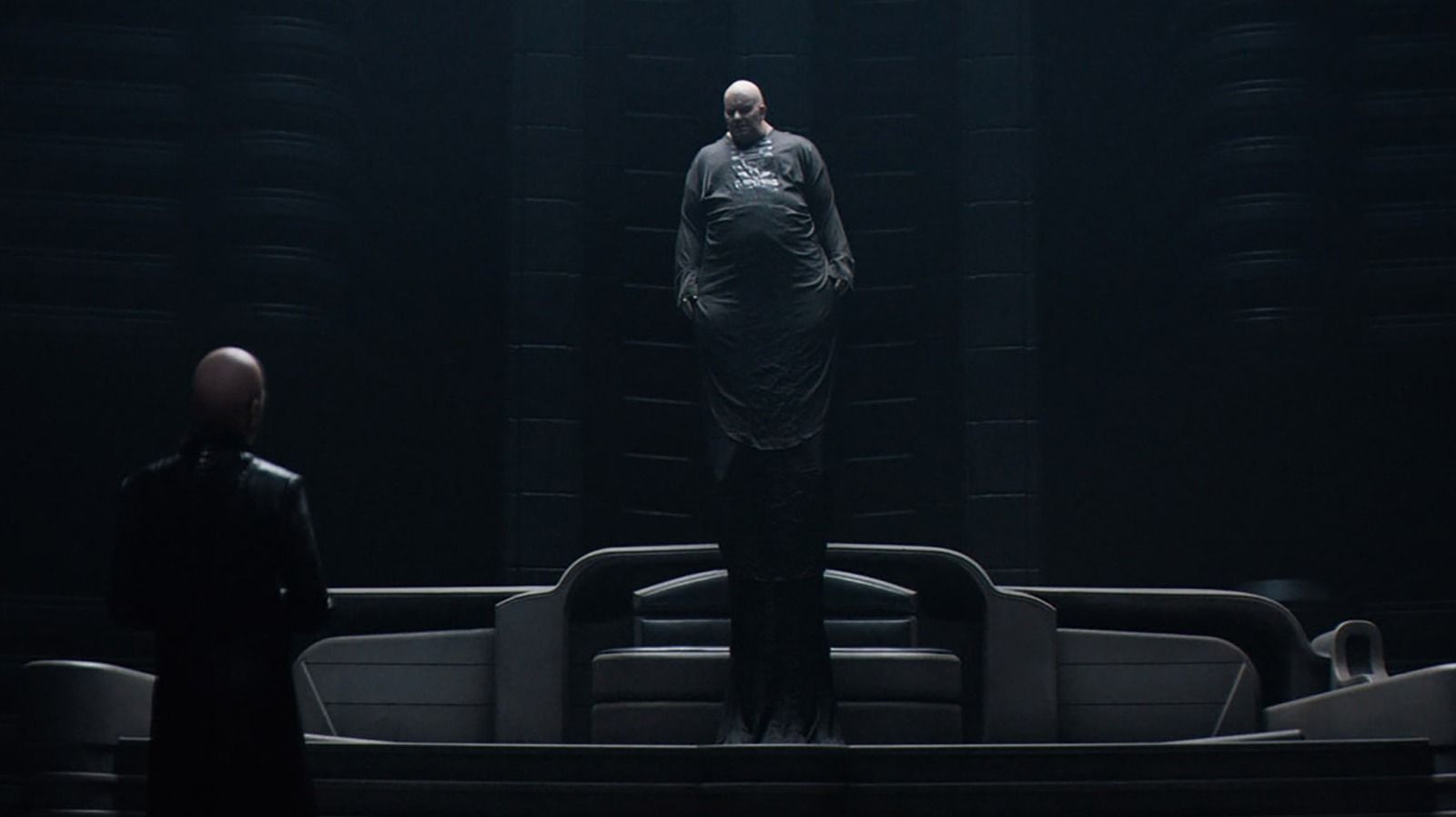With Denis Villeneuve's take on Frank Herbert's sci-fi classic Dune enjoying success both in theaters and on HBO Max came a large amount of world-building. Many were introduced (or re-introduced in the case of longtime fans) to the Atreides family and their epic blood feud with House Harkonnen. This plays out in intense fashion on the sand-choked surface of the planet Arrakis, but many of the finer details of Herbert's star-sprawling epic haven't had a closer look on the silver screen. This is understandable, as the Dune series spans several main books while also carrying along accompanying prequels written by Herbert's son Kyle Herbert.
The technology of Dune in particular can be somewhat confusing when observed at face value. A fictional world bereft of traditional computing devices (blame the Butlerian Jihad) still has some pretty complex technologies. Take for example the Baron Vladimir Harkonnen (Stellan Skarsgård), what's this gravel-voiced antagonist doing floating around like he does? How does that even work? And is there a particular reason he does it? The Baron does have a penchant for drama and placing himself above others, but there are physical and technological reasons for his hovering.
In Frank Herbert's Dune universe, Baron Harkonnen was once a much more athletic man. Physically domineering much like his nephew, The Beast Rabban Harkonnen (Dave Bautista), the baron's ascent to leadership over House Harkonnen after the demise of his father brought him excesses galore. He was left to feed his carnal desires, and lavished himself in food, drink, and sexual experiences to the extreme. Naturally, excessive eating and drinking isn't kind to one's waistline, and Vladimir Harkonnen aged into a massive man (though some Dune extended universe material insists he was poisoned by the Bene Gesserit), horrendously unfit and incapable of walking without the assistance of his Holtzman Suspensors, which are seen strapped to his body in near-perpetuity.
The Baron's suspensors actually operate in a similar manner to how Holtzman Shields work in Dune and are used in everyday life even if they aren't always seen. The Holtzman Effect, coined by Herbert as a scientific theory based on the repellent nature of subatomic particles, is responsible for many of Dune's technological phenomena. This includes shields, space travel, artificial gravity, and even the apparatus allowing the wicked baron to move about.
The suspensors operate by generating a low-energy Holtzman field, which uses subatomic repelling to essentially nullify gravity in relation to an object's mass and energy expenditure. What this boils down to is that the Holtzman effect can suspend natural gravity for objects, providing them the appearance of hovering or outright flight. Another example of this effect at work is the glowglobes seen in the Atreides' palace on Arrakis, which are hovering light sources that are capable of following the household members around. In a way, Baron Harkonnen is just one big, scheming, vicious and hateful glowglobe when it comes to the physics of Holtzman field generators.
Aside from glowglobes and the baron, Holtzman Suspensors are also used in Dune's fictional universe on furniture such as chairs or tables. They can also be used to hold certain large structures together when their mass would normally cause them to be horribly unstable and fall apart quickly. Although we never truly got a hard science fiction answer for how Holtzman technologies worked from Frank Herbert himself, the provided premise has served well enough to explain some of Dune's most visible technologies. The very same technology that repels fast projectiles on a character's personal shields also allows one of science fiction's most despicable antagonists to go out for a stroll on Giedi Prime, or at least what counts as a stroll to Vladimir Harkonnen.


